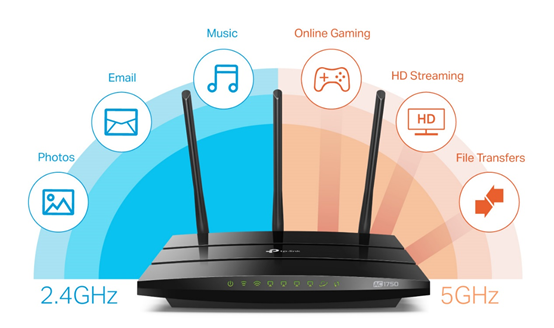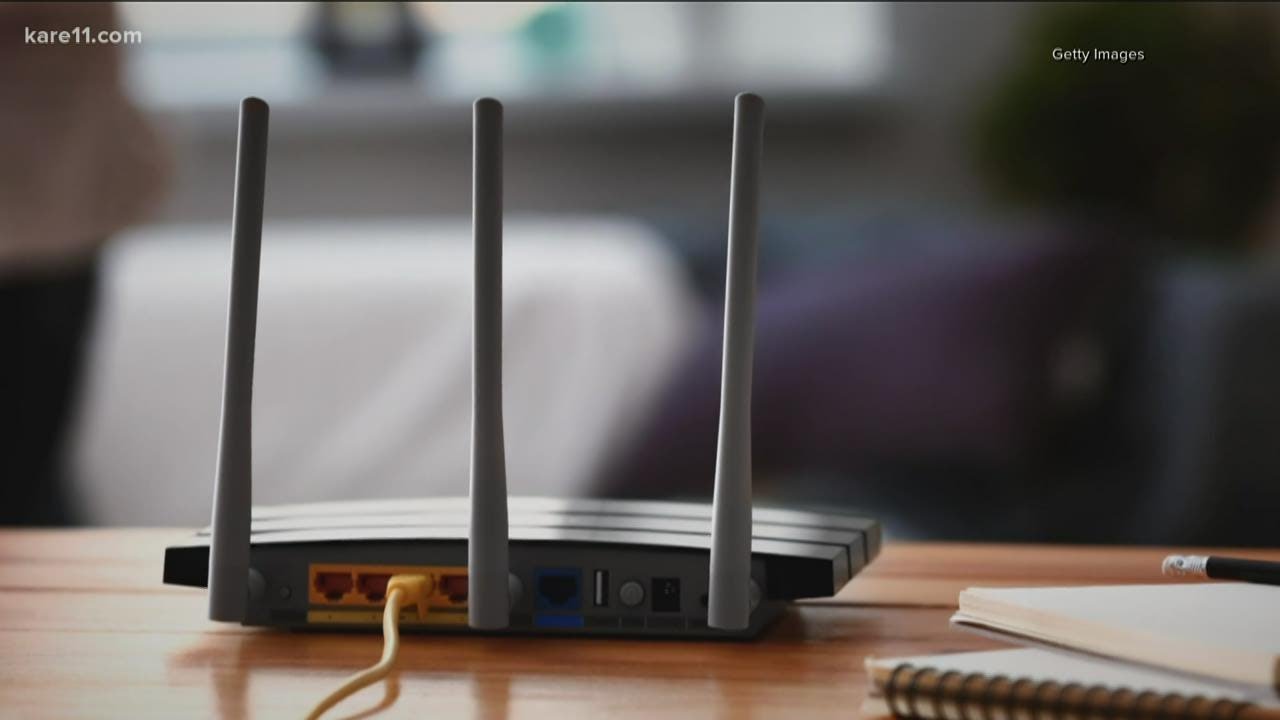How Can I Make My Wi-Fi Signal Stronger?
Having a strong and reliable Wi-Fi signal is essential for taking advantage of all the features of your home network. Whether you’re streaming movies, playing video games, or simply checking emails, a strong signal is necessary. Unfortunately, many homes experience weak Wi-Fi signals, leading to slow speeds and unreliable connections. Fortunately, there are several steps you can take to make your Wi-Fi signal stronger. From moving your router to updating your network, this article will provide you with tips on how to make your Wi-Fi signal stronger.
Understanding Your Wi-Fi Signal
Having a strong and reliable Wi-Fi signal is essential for staying connected, whether you’re working from home or streaming your favorite movies and shows. But what if your signal is weak or spotty? What can you do to make your Wi-Fi signal stronger? Before you can find a solution, it’s important to understand the basics of your Wi-Fi signal.
Wi-Fi signals are transmitted through radio waves, just like television and radio signals. The signal strength is impacted by the distance between the device and the router, as well as any obstacles in between. Objects like walls, furniture, and appliances can absorb or block the signal. The stronger the signal, the faster the data transfer rate.
In addition, the frequency of the Wi-Fi signal can also affect its strength. The two main frequencies are 2.4GHz and 5GHz. 2.4GHz is the most common frequency, but it has a shorter range and can be more easily interrupted by other devices, leading to slower data transfer speeds. 5GHz has a much longer range, but it is more easily absorbed by physical objects.
Finally, your router’s antenna type can also affect the signal strength. The three main types of antennas are omnidirectional, directional, and multi-directional. Omnidirectional antennas broadcast the signal in all directions, which is great for small areas. Directional antennas broadcast the signal in a single direction, which is great for larger areas with fewer obstacles. Multi-directional antennas broadcast the signal in multiple directions, which is great for larger areas with multiple obstacles.
Now that you understand the basics of your Wi-Fi signal, you can begin to explore solutions to make it stronger. You can move your router to a more central location, upgrade your router’s antenna, switch to a higher frequency, or invest in a range extender. With the right strategies, you can improve your Wi-Fi signal and stay connected no matter where you are.
Assessing Your Wi-Fi Network
’s Strength
Having an unreliable or weak Wi-Fi connection can be frustrating, especially in the age of digital streaming and video calls. Thankfully, there are several steps you can take to make your Wi-Fi signal stronger and more reliable. The first step in improving your Wi-Fi connection is to assess its current strength.
To get an accurate picture of your Wi-Fi network’s strength, you’ll need to use a tool to test the signal. Many routers come with onboard Wi-Fi strength testing tools, but if yours doesn’t, there are several free and paid third-party apps available. Once you’ve tested the signal, you’ll be able to assess how far the signal reaches, and if there are any dead zones or weak spots.
It’s also important to check the signal strength of your devices. Most devices have their own built-in Wi-Fi strength tester, and if not, you can use a speed testing app to test the connection. This will give you a real-time picture of the signal strength you’re experiencing on each device.
By assessing your Wi-Fi network’s current strength, you’ll be able to understand why your connection is weak, and what steps to take to make it stronger. With a little bit of research and some fine-tuning, you can make your Wi-Fi connection stronger and more reliable.
Positioning Your Router
Positioning your router is one of the most important steps to ensuring a strong Wi-Fi signal. It is important to place your router in an area where there are no obstructions such as walls, furniture, and electronic devices. Placing your router in a central location in your home is usually the best option. This will help to maximize the reach of your Wi-Fi signal and ensure that it is strong enough to reach all areas of your home. It is also important to keep your router away from any other electronic devices such as microwaves and cordless phones, as these can interfere with the signal and cause it to become weaker. Additionally, if you have multiple routers, make sure to keep them at least six feet apart from one another in order to prevent any signal interference.

Upgrading Your Router
Having a strong Wi-Fi signal is essential for staying connected to the internet. Unfortunately, even the strongest of Wi-Fi routers can occasionally suffer from slow speeds or a weak signal. If this is the case, there are a few steps you can take to improve Wi-Fi performance. One of these steps is upgrading your router.
Routers come in a variety of shapes and sizes, and some are more powerful than others. If your current router is more than a few years old, it is likely that a newer model might boost your internet speeds. Newer models may also be able to provide a stronger signal and better security. Additionally, newer routers may be able to support faster Wi-Fi standards, such as the 802.11ac protocol, which has faster data transfer speeds than the older 802.11n protocol.
When shopping for a new router, be sure to consider the coverage area of the router, the number of devices it can support, and its speed. The more powerful the router, the better it will be able to handle multiple connections and provide a stronger signal. Upgrading your router may require some technical knowledge, so it is recommended to seek the help of a professional if you are unsure how to go about the process. With the right router, you can be sure to have a strong and reliable Wi-Fi signal.
Utilizing Wi-Fi Extenders
Wi-Fi extenders are a great way to improve the strength of your Wi-Fi signal. Wi-Fi extenders are devices that sit between your router and your device, allowing them to receive a stronger signal and an improved connection. Some extenders also provide additional benefits such as amplified signal strength, improved coverage, and better stability. Extenders come in a variety of shapes and sizes, from small plug-in models to more powerful, wall-mounted units. When choosing an extender, it’s important to consider the size of your home and the number of devices that will be connected to it, as well as the strength and speed of the extender. Setting up a Wi-Fi extender is relatively straightforward and can significantly improve the strength and range of your Wi-Fi signal. For the best results, it’s important to position the extender in the right place in your home and ensure that it is compatible with your router. With the right setup, a Wi-Fi extender can help you get the most out of your home Wi-Fi network.
Troubleshooting Common Wi-Fi Issues
Having a weak Wi-Fi signal is a common issue that can cause frustration, especially when trying to complete tasks that require a strong and reliable connection. Fortunately, there are several steps that can be taken to ensure that your Wi-Fi signal is as strong as possible. Troubleshooting common Wi-Fi issues can help to maximize your connection’s speed and reliability.
The first step is to make sure that you are using the correct router and settings for your particular environment. Different routers offer different speeds, and may not be suitable for large homes or offices. Additionally, be sure to check if your router is set up correctly, including any special features or settings that could help to boost the signal.
If your router is already set up correctly, you may need to consider improving your physical connection. This could involve relocating the router away from thick walls and other objects that may be blocking the signal, or adding an additional access point if the signal is too weak in certain areas.
Finally, it is important to keep your router and its firmware up-to-date. Regularly checking for updates can help to ensure that the connection is running as efficiently as possible and can help to identify any potential problems.
By following these simple steps, you can ensure that your Wi-Fi connection is as strong and reliable as possible. With a few simple tweaks, you can maximize your connection speed and minimize any potential issues.
FAQs About the How Can I Make My Wi-Fi Signal Stronger?
1. What type of router should I use to get a stronger Wi-Fi signal?
Answer: 802.11n or 802.11ac routers provide the strongest signal and are the most commonly used routers.
2. Can I increase the range of my Wi-Fi signal?
Answer: Yes, you can use a range extender or a mesh Wi-Fi system to extend the range of your Wi-Fi signal.
3. Is there anything else I can do to make my Wi-Fi signal stronger?
Answer: You can also reduce interference by moving your router away from other electronics, using a different wireless channel, and ensuring your router is up to date with the latest firmware.
Conclusion
Overall, making your Wi-Fi signal stronger is possible with a few simple steps. From installing a Wi-Fi extender to adjusting your router antenna and router position, to updating your router’s firmware, you can easily optimize your Wi-Fi network and boost your signal strength. With a few simple changes, you can make sure your Wi-Fi signal is strong and reliable.




